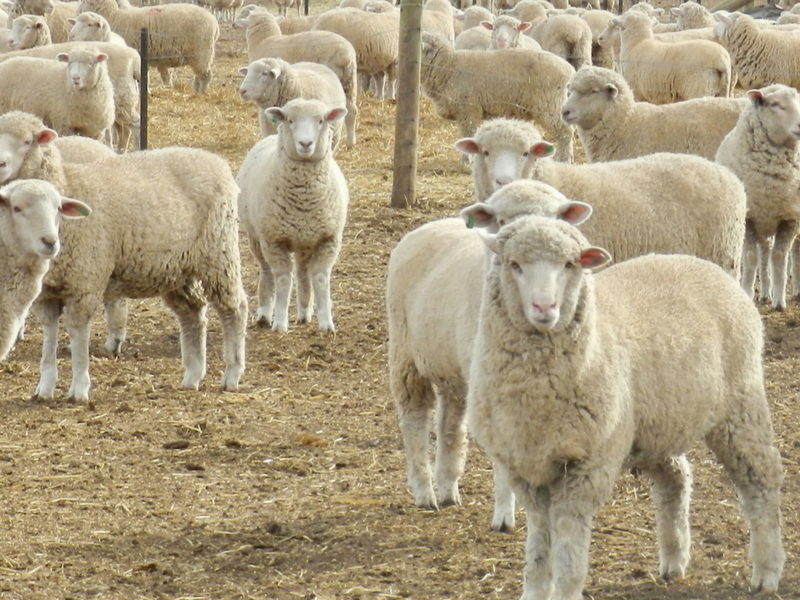Hay production in 2015 was a viable option for many growers.
With growing season rainfall in 2015 being among the lowest on record, and grain production predicted to be poor, approximately 50 per cent of Wimmera and Mallee cereal crops were cut for hay.
In 2015 BCG ran a versatile oat evaluation trial at Berriwillock, funded by the Grains Research and Development Corporation through its Grain and Graze 3 initiative. The aim of this trial was to evaluate the yield performance of milling oat varieties as well as the grazing value, hay and grain yield of grazing-hay oat varieties.
Under the Decile 1 conditions of last year there was found to be no difference between varieties when biomass production was measured at anthesis (flowering), but there were differences between crops that had been grazed and those that had not, with grazed oats producing 15 per cent less biomass (hay yield) than their ungrazed counterparts.
In recent years, hay has become an important part of many Wimmera and Mallee farming systems with farmers using it as an agronomic tool to control weeds and to also manage risks associated with climate variability, such as a dry spring.
At the BCG Future Farmers Expo on July 6, Kaniva farmer Sam Eastwood said the inclusion of vetch and oaten hay into his rotation had reduced reliance on chemicals and improved the long-term profitability of his business.
To help farmers improve knowledge and skill around hay production in the medium to low rainfall zones, BCG has included a number of hay/fodder trials in its field research program.
This year at the BCG/Agritech Rural site at Kalkee a row spacing trial will evaluate the difference in hay production sown on 9, 12 and 15 inch row spacings, and the impact that grazing has under these scenarios.
On August 8 biomass cuts (removal of a quadrant of plant matter at ground level) were taken prior to grazing on the different row spacings. These biomass cuts, as well as cuts scheduled for when the crop is flowering and the overall hay yield at the season’s end, will help BCG researchers to determine if row spacing influences crop growth and recovery after grazing.
The 2016 BCG main site at Warmur is also hosting a number of hay trials this year, examining the performance of oat varieties in the region and how they respond to grazing.
One of the field trials at Warmur is investigating the use of gibberellic acid on vetch and oat crops (experimental use only), which are also being grazed (simulated) during the season.
Gibberellic acid can stimulate plant cell elongation and researchers are interested to see if it is possible to increase the biomass recovery after grazing with its use. This trial will be discussed at the BCG Main Field day on September 14.
Other trials investigating grazing and hay production at BCG’s Warmur research site include wheat and barley variety trials and a Mace and Trojan wheat grazing and nitrogen response trial.
The BCG main field day is open to all (Free for BCG members, $50 for non-members). Visit www.bcg.org.au/events for details.











